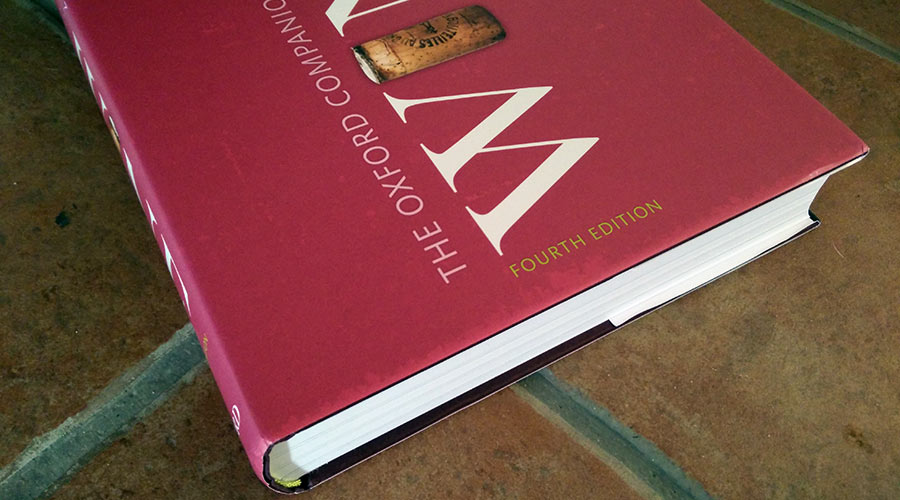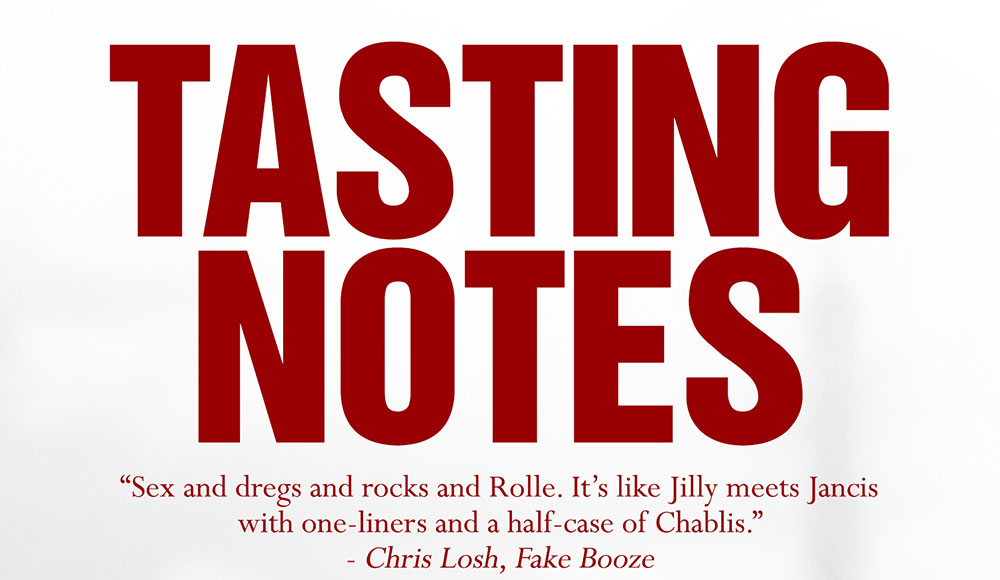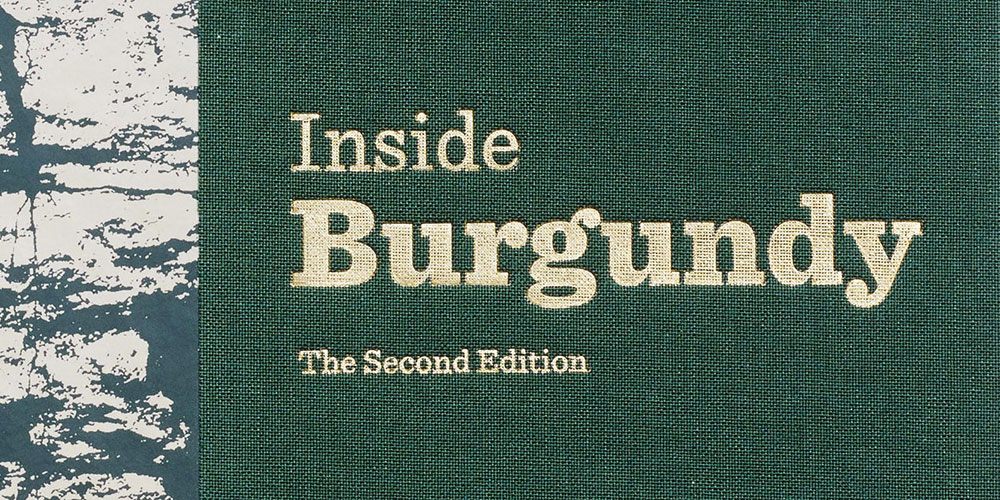Somehow seven years have passed (surely the pandemic had nothing to do with blurring time) and we find ourselves with the newest, and dare I say, “sleekest looking” version of the “Oxford Companion to Wine” (OCW), now in its 5th Edition.
Simply put, there is no other wine reference such as this. To compare it to any other out there would see all the others come up short and ultimately the only comparisons I can make would be the previous 4th Edition which I reviewed back in 2016.
Suffice to say, this is a tremendous book but it states this in the most downplayed of British ways by being merely a “companion” to wine.
This is still 100% true.
For someone deeply immersed in wine, this is a crucial book to have and I’ve cherished it a great deal.
Also true although I’ve only been in possession of the 5th Edition for a short while, but I can only assume it will be as cherished as the 4th Edition.
And there are of course a number of other points that I still agree with.
Obviously the new edition has been massively revised with 272 new entries and seen the addition of Tara Q. Thomas as the third editor. Clearly you can’t have enough staff for such a project.
As it’s essentially the same length at the 4th edition, I would be curious to know what might have been cut, but one can only assume that the deleted or heavily reduced sections are simply a reflection of the times as the wine world continues to shift. Don’t forget that while there are only three names on the cover, there are “267 contributors around the world” that are credited within and a great deal of work went on to bring this latest edition to life.
Given the level of quality of the book, there are basically only three questions one could in terms of buying it.
Do you already own an edition of the OCW? If the answer is no, then obviously this is the ripest of moments for you to pick up this, the latest edition.
Do you already own the 4th Edition? This gets a bit more tricky to answer as while there’s a huge wealth of items that have been updated, it’s true that a lot of the core items remain somewhat evergreen. I’d say that if you’re a passionate winedrinker as opposed to someone deeply involved in the trade, then perhaps you could skip an edition, but that’s really a personal call although I would mention that fast-evolving concepts such as “natural” wine has been revised with the current times.
Then there’s perhaps the biggest question which is, the physical, paper version or the ebook version? There’s a good deal of personal preference here as well. I love paper and leafing through books such as this, but I own the Wine Grapes in digital form and that’s simply outstanding given that it links within itself, you can get lost for hours, and more importantly, it’s extremely portable being accessible from any device with an internet connection. I’m told the ebook version of the OCW is set up in a similar fashion, so that’s a great option for people on the move. Of course, one could always have both…
This was my only real criticism back in 2016 in that, how can such a book keep up with the digital age and the answer is that now it does, via the ebook. In due course one would assume it will be updated on Jancis Robinson’s website as well for full members as has been the case with previous editions.
The other item of note is what Andrew Jefford said about the 4th Edition in that this is a “kind of compendium of all other wine reference books” and you won’t get the massive depth as you would in a focused, regional book. Obviously that’s going to be the case given that it’s not physically possible to include everything in a finite space.
For example, my friend, Kelli White is printing a new run of her Napa Valley book and it’s literally twice the size of the OCW. If you can’t see the physical issue here, then I’ll be happy to give a series of Star Trek and/or Doctor Who references to explain it further. Or… just mention that Kelli contributed segments to the OCW on Napa and that if you want the whole kaboodle, look to her book.
One thing that hasn’t been addressed is not citing sources from open materials on the web. I don’t understand the reason for this as even if the stats come from a regional website, that should be stated, and if from another publication, even more so as it’s clear that this information didn’t just “appear” and everything has a source unless it was one of the three main editors on the cover doing an interview.
But the real issue with any massive reference tomb such as this is keeping up with the most-recent data. For instance, the DOQ Priorat section has indeed been heavily revised from the 4th Edition to include the paratges, but some of the data listed is four years old at this point. Likewise, the new Penedès classification system from 2021 is also mentioned, but the total hectares are misunderstand and the three large subzones are listed, but these aren’t officially used anymore.
Or then the section on nematodes is quite interesting and overall in depth, but is missing more recent work showing that soil imbalance and using pesticides and herbicides can be a propagation vector.
This is inevitable however and again, it’s a very complete reference to most anything that anyone wants to know about wine and works as a jumping off point to deeper studies if one is so inclined.
If you meet any of the criteria listed above, you should definitely pick up a copy, or if you know anyone who does, it will make an incredibly nice Christmas gift!
★★★★★
Review copy provided by the publisher
Please also see the Complete List of Wine Book Reviews



